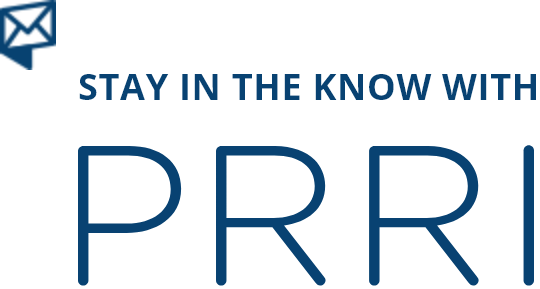Earlier this year, PRRI released a survey showing that support for allowing same-sex couples to marry has risen an astonishing 21 percentage points since the first legal gay weddings were performed in Massachusetts in 2003. Now, a new study of American congregations shows that Americans’ shifting perspectives on same-sex relationships are also transforming church life.
The National Congregations Study (NCS), led by Mark Chaves, a professor of sociology, religion, and divinity at Duke University, found that 48 percent of congregations today allow gay and lesbian couples in committed relationships to be members, up from 37 percent in 2006. More churches are also allowing gay and lesbian congregants to serve in volunteer leadership positions: 26 percent of churches reported that no volunteer leadership positions were closed to gay and lesbian members, up from 18 percent in 2006.
There were some differences among denominations. Acceptance of gays and lesbians appears to have actually fallen within Catholic Churches since 2006. And although the number of conservative white Protestant churches that accept gay and lesbian members rose from 16 percent in 2006 to 24 percent today, acceptance of gays and lesbians as volunteer lay leaders stayed flat at about 4 percent. Nevertheless, changing attitudes within black Protestant churches, white liberal churches, and non-Christian congregations managed to offset this trend.
These conclusions echo the PRRI survey, which found that over the past decade, many religious groups have seen a dramatic shift in perspective on same-sex marriage. In 2003, all major religious groups opposed same-sex marriage, with the exception of religiously unaffiliated Americans. Today, there are religious groups on both sides of the same-sex marriage debate. Religiously unaffiliated Americans (73 percent), white mainline Protestants (62 percent), white Catholics (58 percent), and Hispanic Catholics (56 percent) all favor allowing gay and lesbian couples to marry. A majority (83 percent) of Jewish Americans also favor legalizing same-sex marriage. Hispanic Protestants are divided; 46 percent favor allowing gay and lesbian couples to legally marry and 49 percent oppose. By contrast, nearly 7-in-10 (69 percent) white evangelical Protestants and nearly 6-in-10 (59 percent) black Protestants oppose same-sex marriage. Only 27 percent of white evangelical Protestants and 35 percent of black Protestants support same-sex marriage.
In some ways, congregations are exhibiting a remarkable level of willingness to changing their stances on gay and lesbian membership and leadership. Churches are generally seen as bastions of traditionalism, the last cultural institutions to succumb to social change. In fact, many churchgoers may not realize how swiftly the winds of public opinion are shifting. PRRI research shows that many churchgoers overestimate the extent to which the people sitting next to them in the pews oppose same-sex marriage. About 6-in-10 (59 percent) white mainline Protestants believe that their fellow congregants are mostly opposed to same-sex marriage. In reality, though, only 36 percent of white mainline Protestants who attend church regularly oppose gay marriage, while a majority (57 percent) believe it should be legal. Similarly, roughly three-quarters (73 percent) of Catholics say their fellow congregants are mostly opposed to gay marriage. But churchgoing Catholics are actually divided: 50 percent favor same-sex marriage, while 45 percent are opposed.
Softening attitudes toward gay and lesbian issues aren’t the only changes afoot within churches. The NCS found that church services themselves are becoming more participatory and informal, with fewer choirs and more spontaneous dancing. Many congregations are embracing technology, with a dramatic uptick in the number of churches using visual projection equipment. Diversity is also on the rise, especially among congregations that used to be predominantly white.
But PRRI research shows that among gay and lesbian Americans, some religious traditions still have an image problem. At least two-thirds of LGBT Americans say that the Catholic Church (73 percent) and evangelical Christian churches (67 percent) are unfriendly toward gay people. LGBT Americans are also substantially likelier than other Americans to report leaving their childhood religion. Nearly 4-in-10 (37 percent) LGBT Americans are religiously unaffiliated, compared to 21 percent of Americans as a whole. The question is whether changing attitudes within congregations will be enough to draw them back into the pews.






